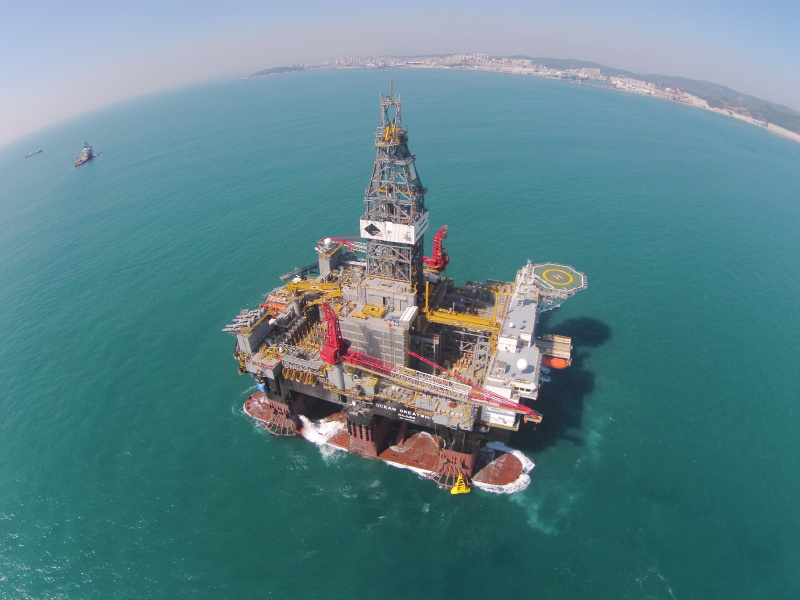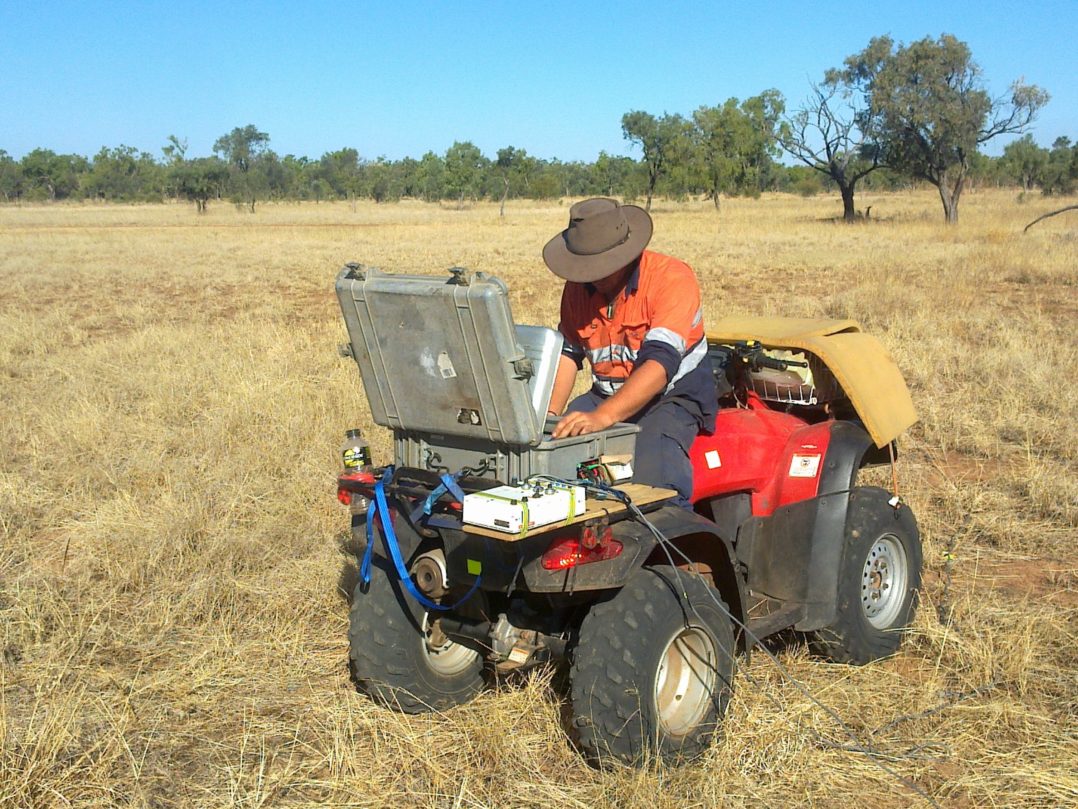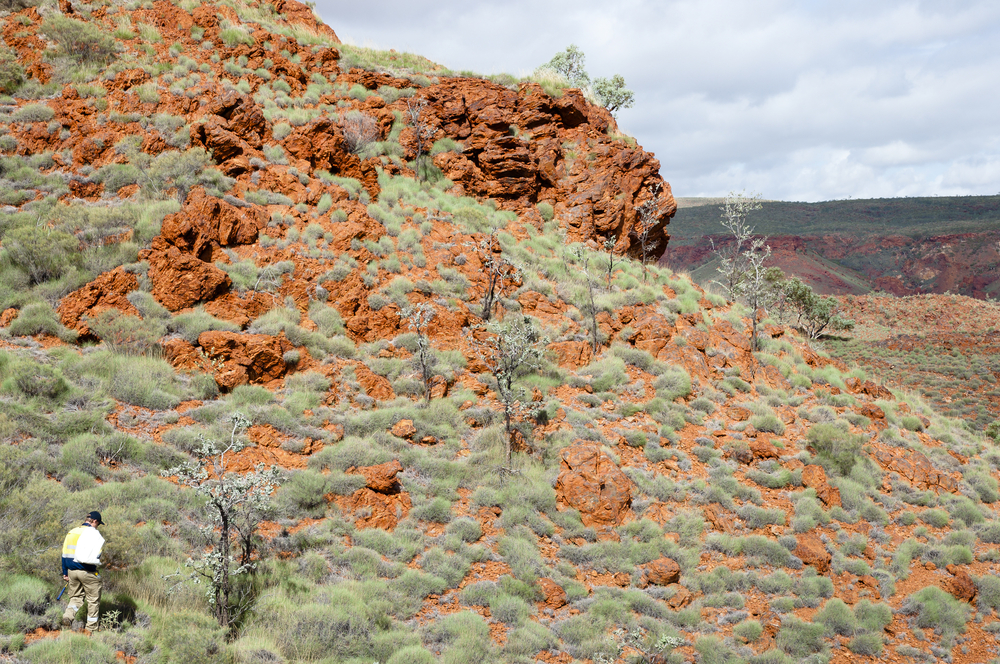Geoscientist employment in Australia remained relatively stable during the third quarter of 2020. Nationally, unemployment increased to 10.6% from 8.6% in the June quarter, while under-employment fell significantly to 12.7% from 17.4% for the period.
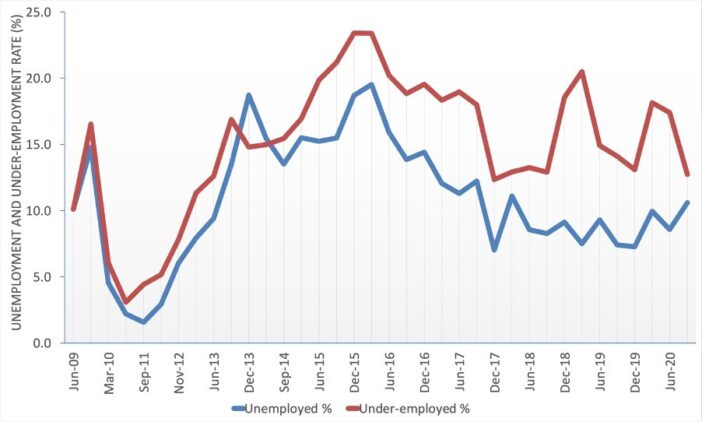
Under-employment, in this survey series, is defined as geoscientists being unable to secure more than 25% of their desired workload.
Full time geoscientist employment fell from 69% in the June quarter to 61%. The proportions of geoscientists in part time and casual employment were little changed from the June quarter survey. The proportion of self-employed geoscientists increased from 22% in June to 28% in the October quarter, possibly reflecting improved employment prospects for self-employed geoscientists.
AIG President, Andrew Waltho, expressed mixed feelings regarding the results. “The increase in unemployment is concerning, despite being recorded at a time of economic difficulties through the Australian economy being in recession due to the impacts of the coronavirus pandemic”. “The trend in survey results over the past year now points to the flattening of what was a decreasing trend in unemployment,” Mr Waltho said. “What appear to be improved conditions for self-employed geoscientists, however, are welcome,” Mr Waltho said.
“The survey results point to continued activity in the exploration and mining sectors, which employ three-quarters of Australia’s geoscientists, and companies making an effort to continue their operations and maintain continuity under difficult business conditions,” he said.
Geoscientist unemployment increased across Australia, except in New South Wales / ACT where the rate fell by 5%, from 10.5% in the June quarter to 5.0% in September. The increase in unemployment recorded in Western Australia was small at only 0.2% – within the margin of error for the survey. The largest decreases in under-employment were recorded in Western Australia (6.7%) and New South Wales / ACT (4.4%).
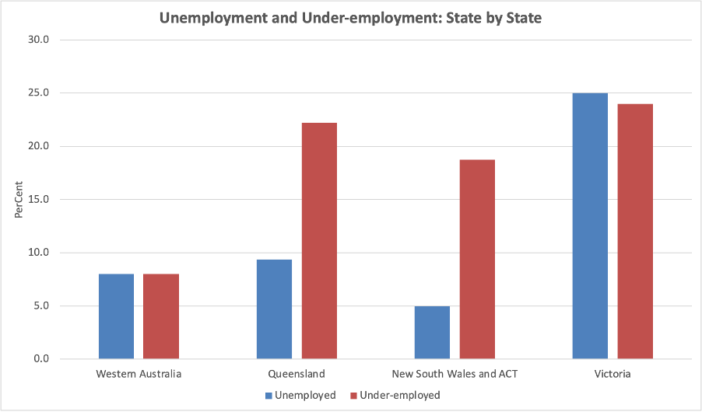
Long term unemployment continued to remain stubbornly high, with almost 34% of unemployed geoscientists reporting having been out of work for more than 12 months, including 20% who have been out of work for more than two years.
Some 36% of unemployed geoscientists were not confident of returning to work within the next 12 months, a fall of 4% from the previous survey and the first decrease in this rate evident for more than 12 months.
Amongst geoscientists currently in employment, 58% of survey respondents reported that their employment conditions had not changed over the past 12 months while 32% said that their employment conditions had improved. Only 10% reported that their employment conditions had declined.
More than 39% of survey respondents had more than 30 years’ experience since graduation. This figure is of concern as it points to Australia’s geoscience skills requirements being met by an ageing workforce. Early career geoscientists, with five or less years of experience since graduation, represented only 3% of survey respondents. Women represented only 16% of survey respondents.
“The prospect of an ageing workforce, suggested by the growing proportion of geoscientists with more than 30 years’experience is a major concern” Mr Waltho said.
“Lack of gender diversity is also an issue our profession needs to address on several fronts”. Action is needed to promote the varied and interesting careers on offer in geoscience that, increasingly, rely on the use of advanced technologies to collect and analyse data and contribute to not just mineral exploration and mining, but encompass a range of fields in which a solid understanding of Earth as a complex, vibrant, continuously evolving system is needed to develop and test models of how Earth formed and assess the impacts of human activities in a meaningful manner, to keep asking questions, test evidence and deliver robust and reliable outcomes” Mr Waltho added.
“Geoscience is about the collecting and testing of observations, adhering to scientific principles to make a difference in a wide range of fields.”


